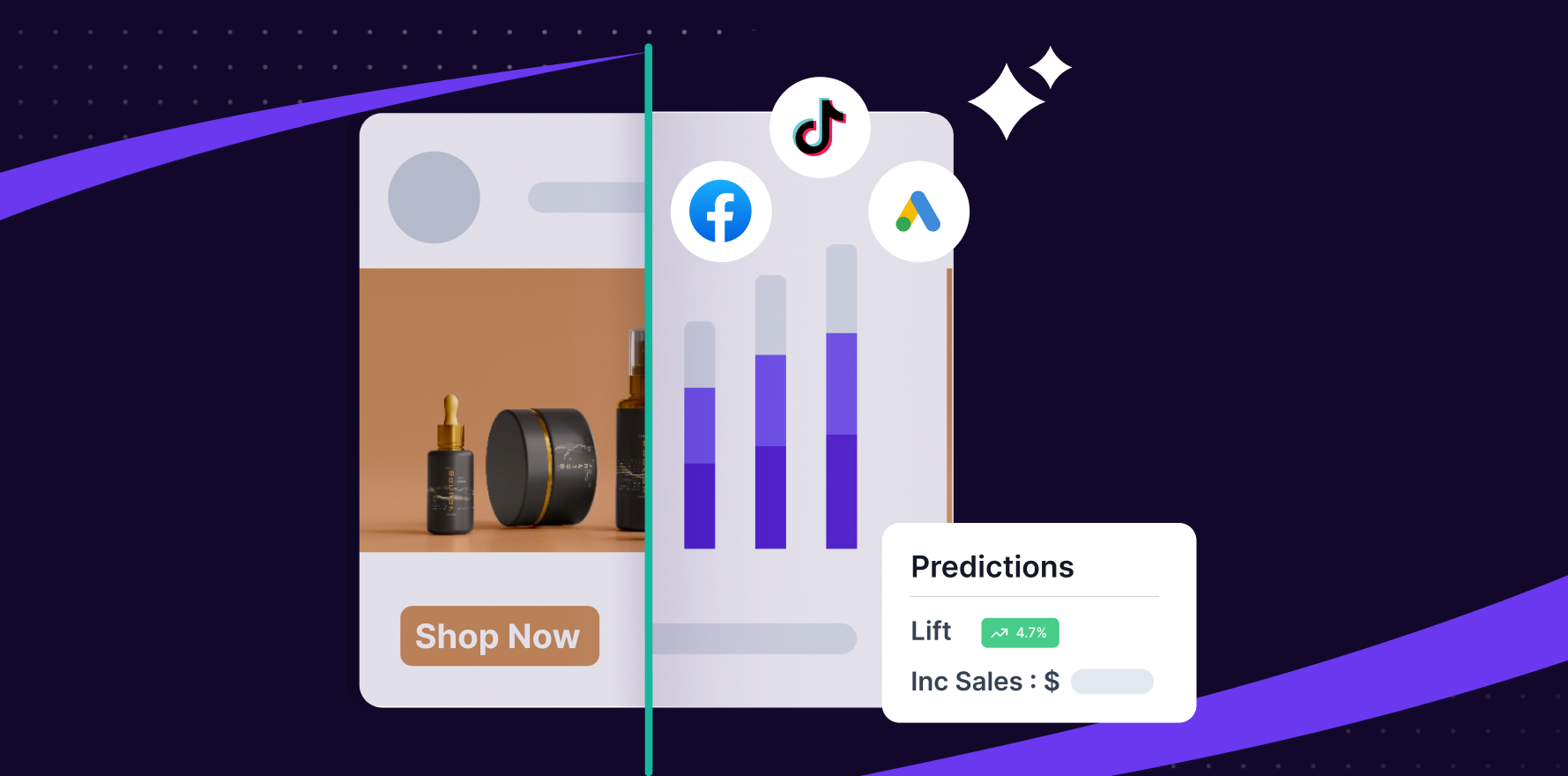Remember when marketing measurement was all about click-through rates and conversion metrics? Well, 2024 has completely transformed how we think about measuring marketing success, and these changes are setting the stage for an exciting 2025. Let’s dive into the trends that are reshaping our industry.
Privacy Took Center Stage
If there’s one thing that dominated marketing conversations in 2024, it was privacy. Google’s Privacy Sandbox initiative and its Topics API have fundamentally changed how we track and understand our audiences. Instead of following individual users around the web (which, let’s face it, was getting a bit creepy), we’re now working with broader interest categories that respect user privacy while still delivering meaningful insights.
Another major talk of the marketing town that is setting the stage for a more privacy-conscious future is the implementation of Manifest V3, Google’s overhaul of Chrome’s extension framework, which has also stirred things up by limiting ad-blocking capabilities.
But here’s where it gets interesting: the introduction of simple “reject-all” options in consent management platforms led to over 60% of users opting out of data collection. This massive shift has pushed us to get creative with our measurement approaches, focusing more on first-party data and privacy-first tracking methods.
Meanwhile, Apple’s continued privacy initiatives, particularly App Tracking Transparency (ATT) and Link Tracking Protection(LTP), which strips tracking parameters from URLs in Mail, Messages, and Safari’s private browsing mode have made cross-platform performance tracking increasingly challenging.
Enhanced Mail Privacy Protection has made it tougher to track email engagement, while upcoming iOS 18 features promise even stricter controls over how marketers can interact with and track users across their devices.
Google’s Unexpected Cookie Twist
2024 brought us one of the most surprising turns in digital marketing when Google reversed its decision to phase out third-party cookies. Instead of the expected cookie apocalypse, we got a choice-first approach where users can opt in or out of cookie tracking.
While Google may have delayed the final farewell to third-party cookies, the writing is on the wall. Smart marketers aren’t waiting around – they’re already embracing alternatives like server-side tracking and building robust first-party data strategies. It’s like watching the industry evolve in real time, with companies racing to find innovative solutions that balance effective measurement with user privacy.
The Shift to Causal Attribution
One of the most significant transitions we witnessed in 2024 was the move away from traditional Multi-Touch Attribution (MTA) models toward Causal Attribution techniques. This shift reflects a growing understanding that correlation doesn’t equal causation in marketing measurement. In combination with Causal Marketing mix modeling (MMM) & Incrementality Testing, causal-based measurement has gained particular traction as marketers seek more holistic views of their performance across channels. These advanced techniques are helping marketers make smarter budget allocation decisions in increasingly fragmented ecosystems.
The Rise of AI-Powered Measurement Systems
If there’s one thing 2024 made crystal clear, it’s that AI isn’t just a buzzword anymore. Marketing measurement platforms like Lifesight leverage AI to deliver predictive analytics and real-time optimization that feel almost magical in their accuracy. We’re now able to forecast trends, optimize campaigns in real-time, and make data-driven decisions faster than ever before.
What’s particularly exciting is how these tools are helping marketers automate their analysis while providing deeper insights into future marketing outcomes
Adoption of Incrementality Testing
One of the most significant developments in 2024 has been the emergence of incrementality testing as the gold standard for measuring advertising’s true impact. Marketers are using sophisticated methodologies like geo-based tests to isolate variables and understand the real lift their campaigns are generating.
This rigorous approach is finally helping us answer that age-old question: “What’s really driving our performance?”
The Era of Short-form Content Consumption & its Booming ROI
Here’s a stat that might blow your mind: 72% of consumers now prefer watching videos over reading text when learning about products. And by 2025, we’re looking at 82% of internet traffic coming from video content. This isn’t just a trend – it’s a fundamental shift in how people consume content, and it’s forcing us to rethink our measurement strategies.
Emphasis on Real-Time Analytics: Speed is King
The demand for real-time insights has skyrocketed as marketers seek to optimize campaigns on the fly. In today’s fast-paced digital landscape, waiting days or even hours for insights isn’t cutting it anymore. The ability to make agile decisions based on immediate data has become a crucial competitive advantage.
Rising Popularity of Marketing Measurement Adoption in B2B
If you thought B2B was lagging behind in measurement sophistication, 2024 proved otherwise. We saw a 14% increase in B2B marketers prioritizing measurement and attribution compared to 2023, with 73% of B2B marketers now putting it at the forefront of their strategy.
This isn’t just about keeping up with B2C – it’s about setting new standards for accountability in marketing investments.
Cross-Platform and Cross-Device Measurement
In 2024, marketers continued their efforts to understand customer journeys across multiple devices and platforms—from mobile and desktop to connected TV and social media.
Solutions like unified marketing measurement platforms and data clean rooms have emerged as key tools that are finally helping us connect those elusive dots across devices and platforms.
Looking Ahead to 2025
As we move into 2025, one thing is clear: the future of marketing measurement lies in balancing sophisticated technology with ethical considerations. The marketers who’ll thrive are those who can harness AI-powered insights while respecting user privacy, who can measure cross-platform performance without crossing ethical lines, and who can turn real-time data into actionable strategies.
The days of simple metrics are behind us. We’re entering an era where marketing measurement is both an art and a science, requiring creativity, technical knowledge, and an unwavering commitment to user privacy. The trends we’ve seen in 2024 aren’t just changing how we measure success – they’re redefining what success looks like in the first place.
Are you ready for what 2025 has in store?
If 2024 has taught us anything, it’s that the only constant in marketing measurement is change itself.
You may also like
Essential resources for your success
























































